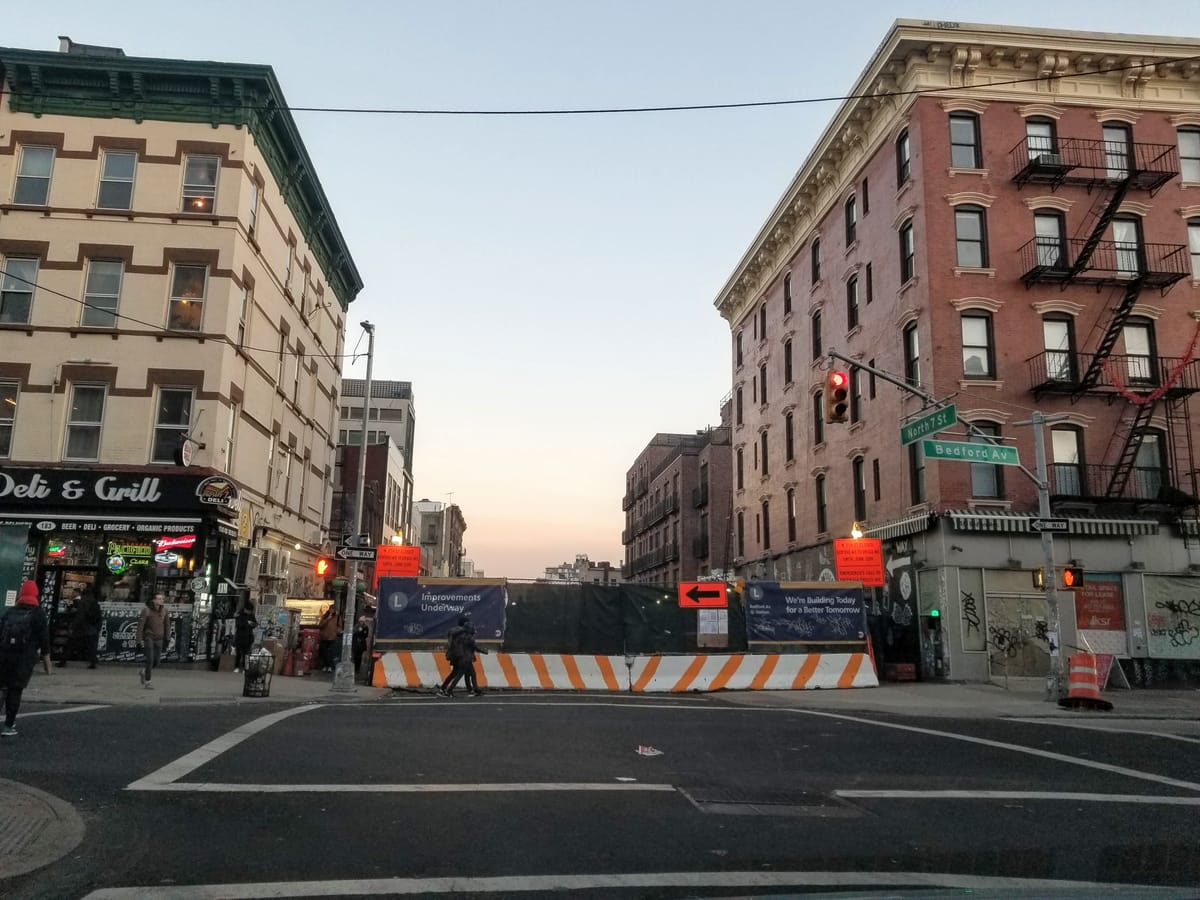Aging Infrastructure Could Spoil New York City’s Latest Tech Boom – Opinion


By Shrihari Pandit, CEO and Founder of Stealth Communications, a company that delivers fiber-optic Internet Service to businesses throughout New York City.
New York City, its people, and its resources have always had the enviable ability to attract newcomers. The 21st-century version of that is to be able to entice millennial talent as the city becomes the new home to a major tech migration. Although Amazon has recently decided against setting up its Queens headquarters, the city still remains a hotspot for technology giants.
From Google’s Manhattan moves, to Facebook, Salesforce and Spotify’s expansions throughout the city, all of the boroughs are poised to benefit from direct and indirect economic growth at the dawn of New York emerging as a new tech hub. But there’s one major problem. New York’s communications infrastructure is as substantial as any major city, but its need to be revitalized — especially in the outer boroughs — is an obstacle that could slow the city’s economic momentum.
Becoming a major technology capital to rival Silicon Valley means rapidly meeting the technology needs of modern businesses. Despite Amazon pulling out of its plans, the hope is that tech companies’ latest moves could help spur not only the influx of technology companies to locations like Brooklyn but new robust infrastructure investment there as well.
Just a decade ago, only specialized media and tech companies needed access to high-bandwidth internet. But instead of specialized, high-tech infrastructure for some, now nearly every business needs this crucial level of access. Part of this includes a vastly improved fiber optic conduit “delivery” system that will support the city’s expanding data needs. Yet New York City’s system is over a century old and hasn’t had a major update in decades. A huge factor in moving forward lies in the convoluted and anachronistic telecom rules guarding that conduit system — managed separately by subsidiaries of Verizon.
Manhattan has the most fiber choice for businesses, but the outer boroughs have less choice and limited fiber availability. Through ownership and expensive controlling policies, Brooklyn and Queens especially are being held back from the needed changes for enabling new technology companies. Essentially, if there are limited fiber choices in Brooklyn because of limited conduit access, that means there will be constraints on the borough’s economic growth.
A subsidiary called Empire City Subway (ECS) manages the conduit system on behalf of Verizon in Manhattan and the Bronx. Despite its ties to Verizon, ECS is designed as a neutral conduit system allowing any licensed provider to install and maintain their own fiber-optic cables in those boroughs, which means that the companies can go at-will to install fiber cables along any street or avenue in those locations. That’s good news for incoming tech businesses that often have several fiber options available in Manhattan.
Yet there’s no ECS-like system governing conduit access in Brooklyn and Queens. Verizon has different restrictive and cost prohibitive policies governing how, when and at what cost other telecom providers can access those conduits to run fiber. Thus it’s slower and more expensive for new, robust fiber infrastructure to be rapidly deployed outside Manhattan and the Bronx. Those licensed providers could construct entirely new conduit in these starved areas, but that makes fiber expansion much slower and costlier than it needs to be.
The time is right for the City of New York to break this infrastructure stalemate, or push Verizon to normalize the process to spark a citywide infrastructure network update. As more and more technology companies open up shop for their latest vote of tech confidence in New York, these expansions only validate New York’s need for modernization.
It’s not like licensed providers were sitting around waiting for these tech businesses to show up. Small, medium and enterprise-sized businesses, as well as schools, government institutions and agencies have been fiber connected for years. New York is bigger than Google. It’s bigger than Amazon. This tech migration is just further affirmation that New York is always going to be at the center of everything. But certain vital steps need to be taken if New York — and especially Brooklyn — wants to keep pace and remain the tech powerhouse everyone predicts it will be.
Bklyner welcomes opinions and letters to the editor from all our readers and will consider for publication on any topic that matters to Brooklyn and its residents. Please email editor@bklyner.com. Opinions are those of the author.



